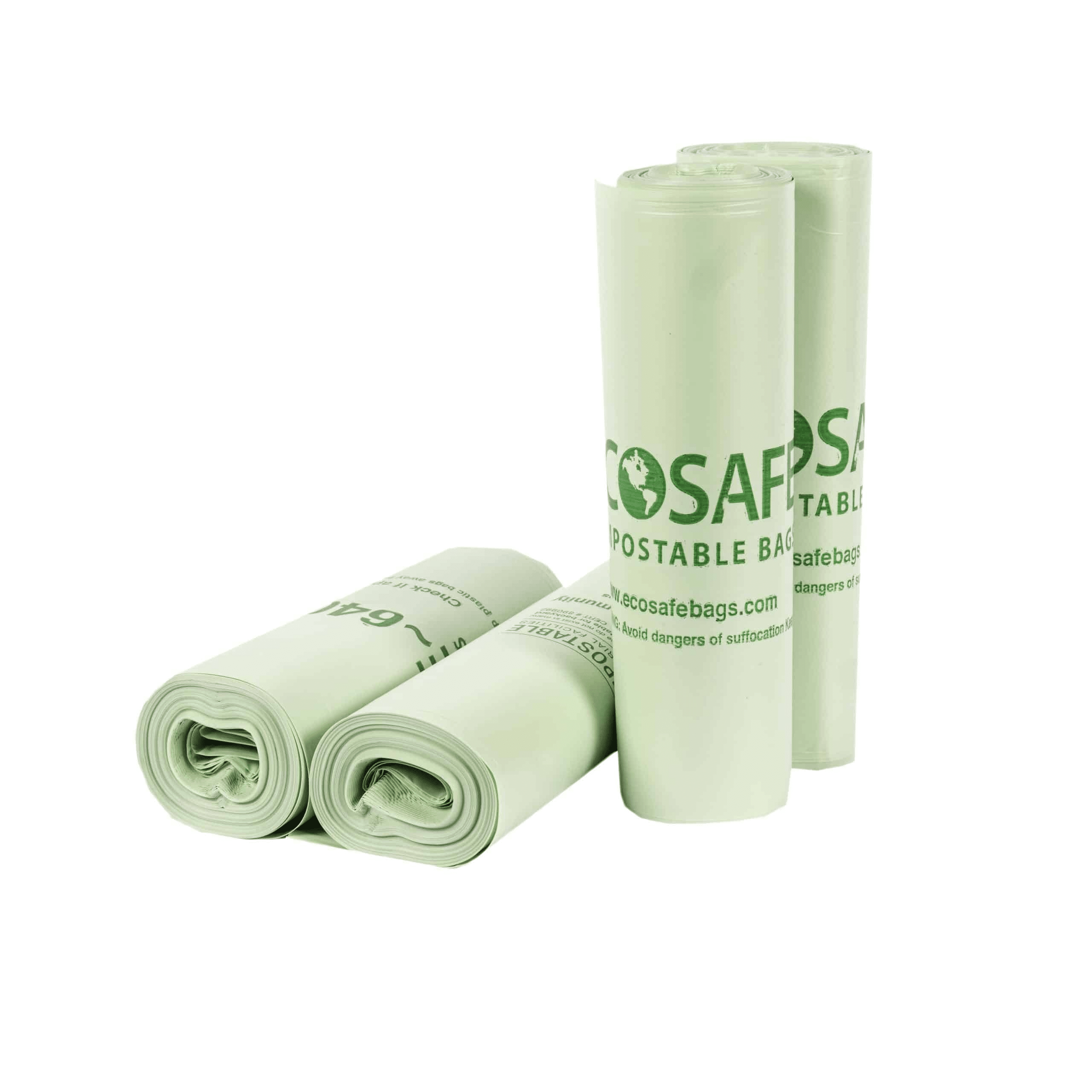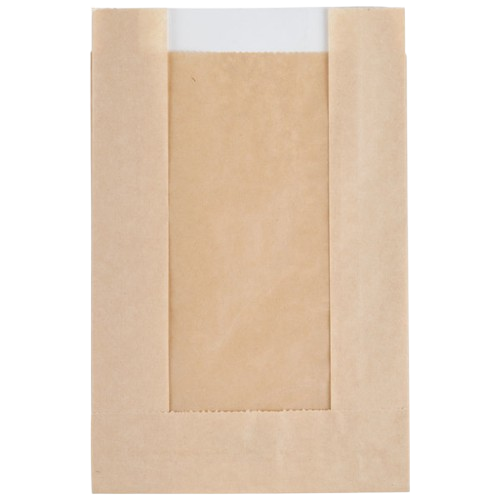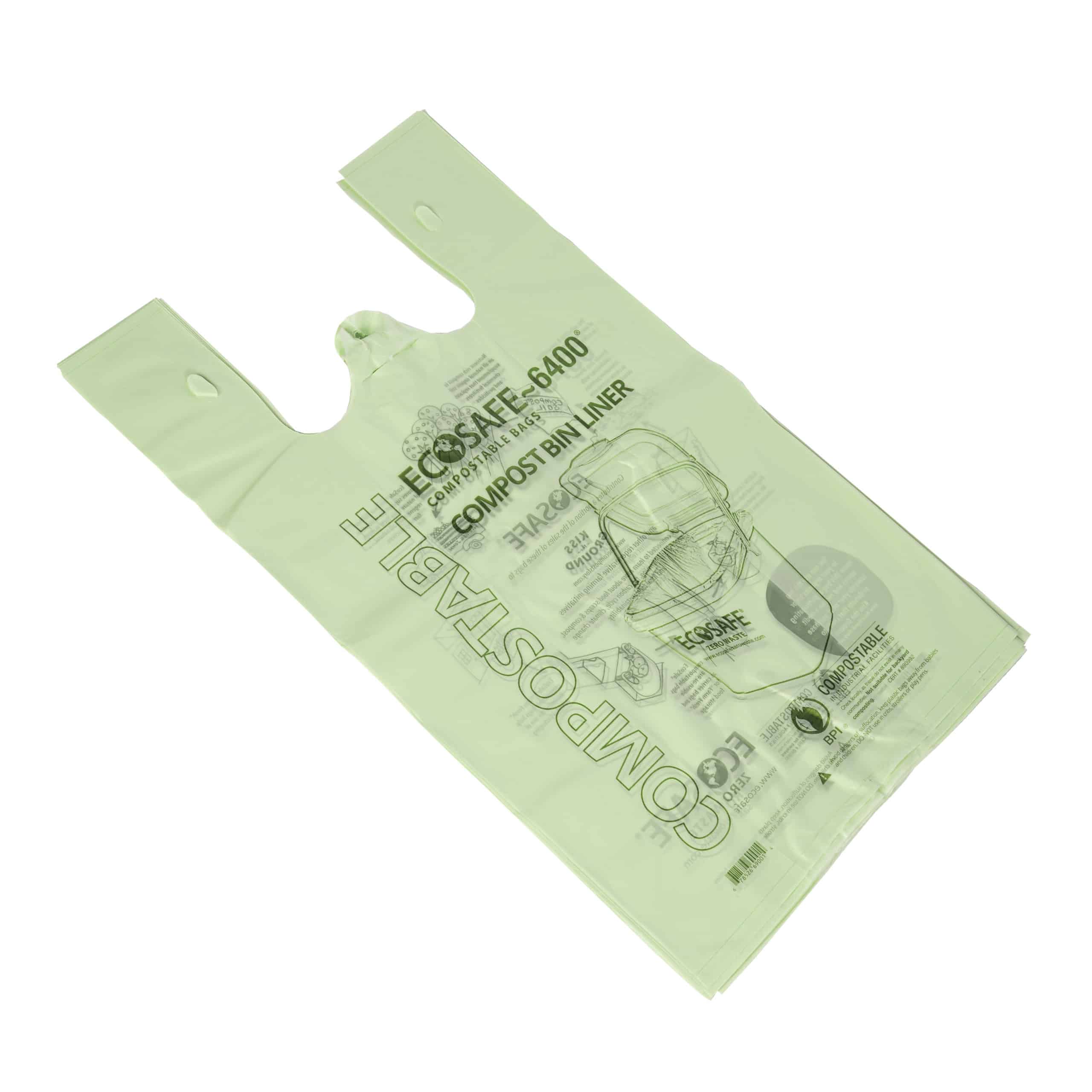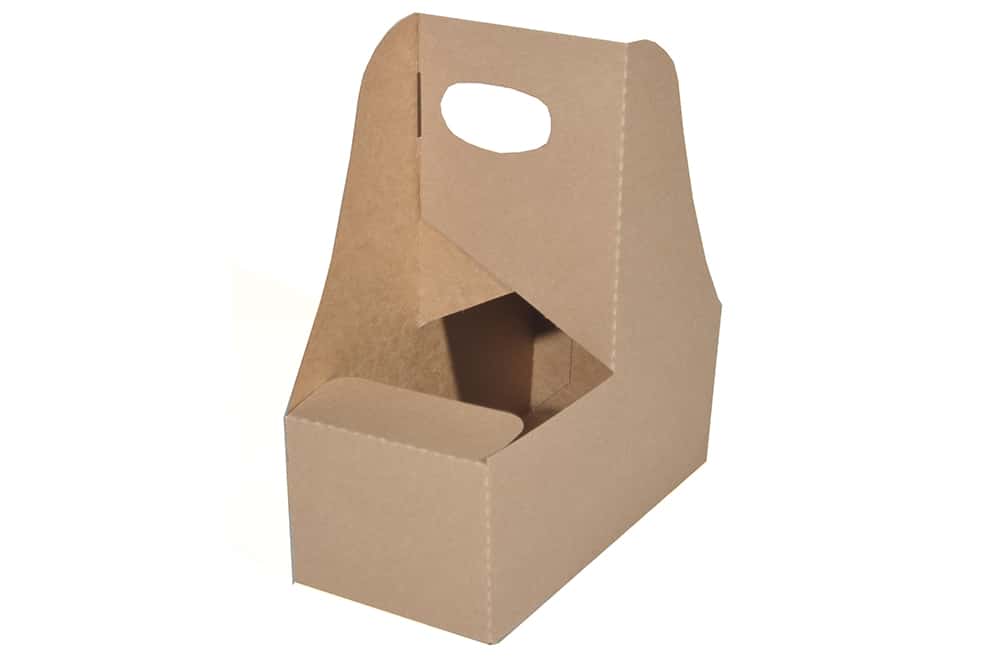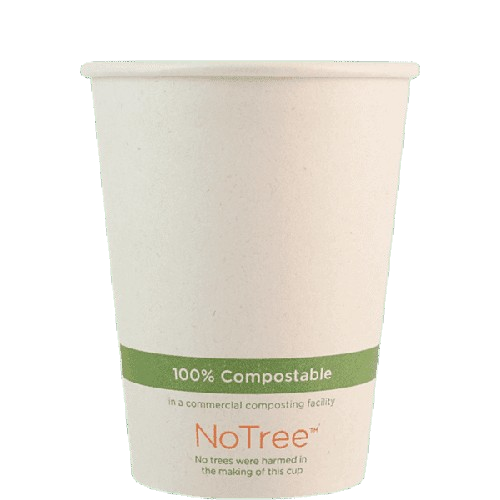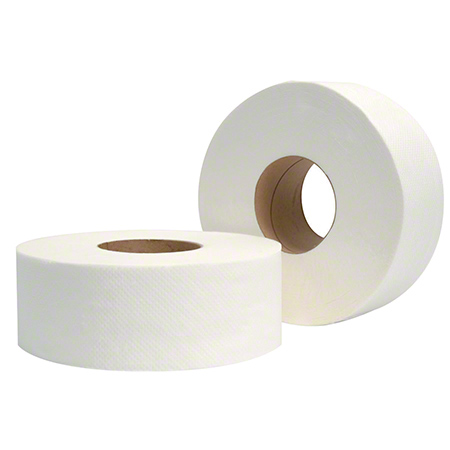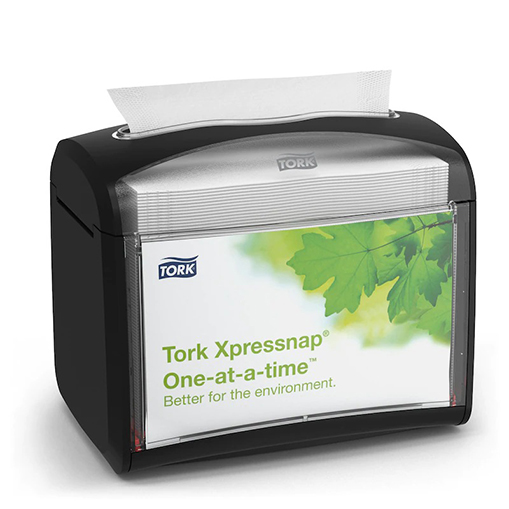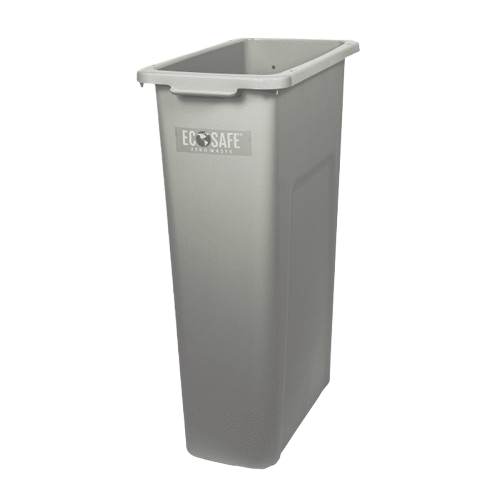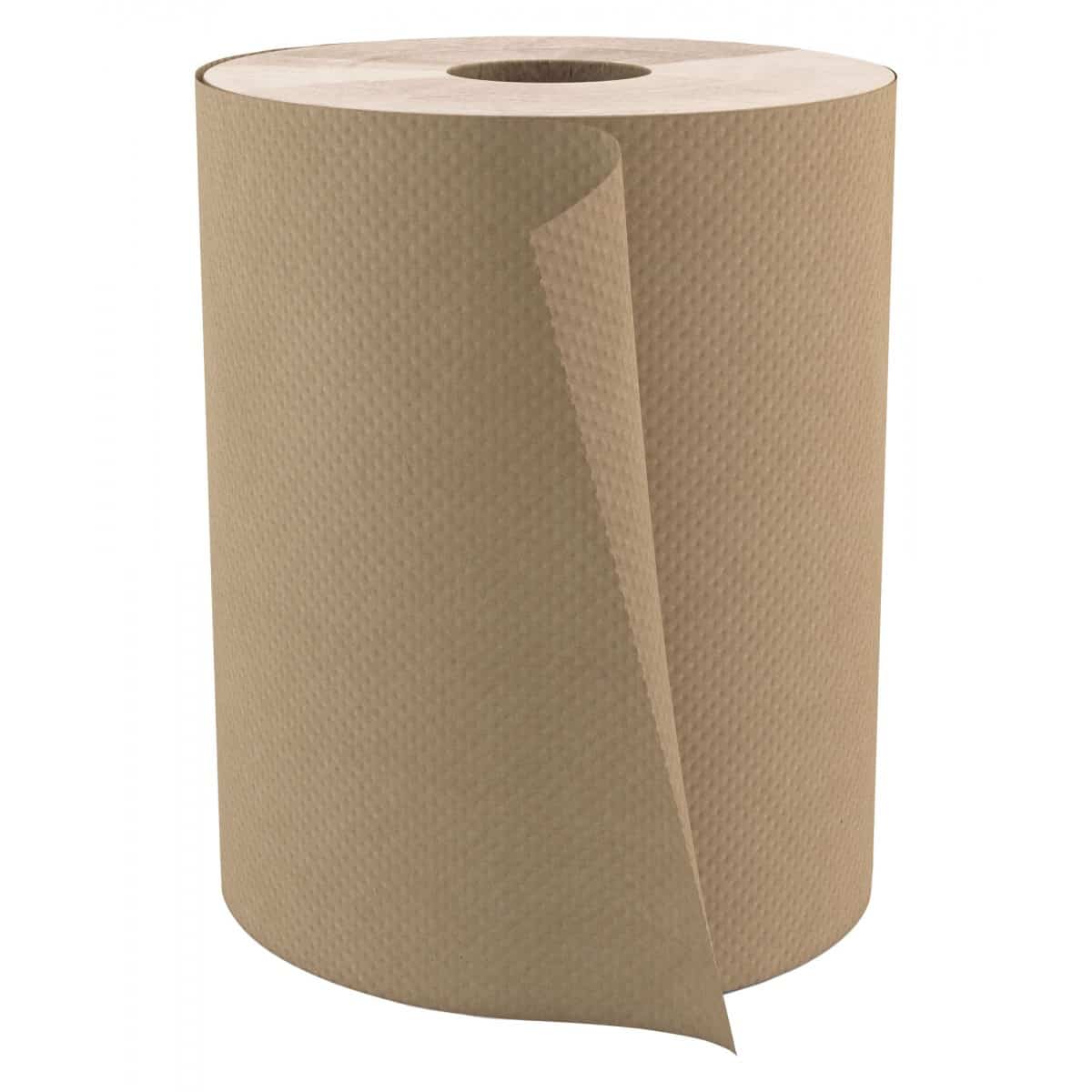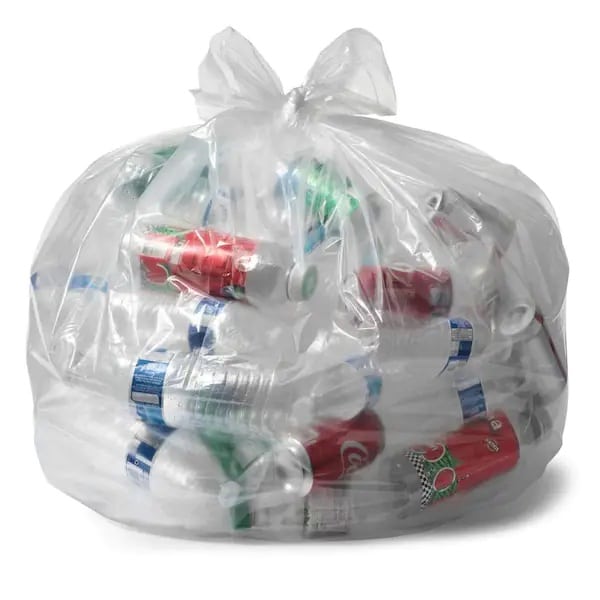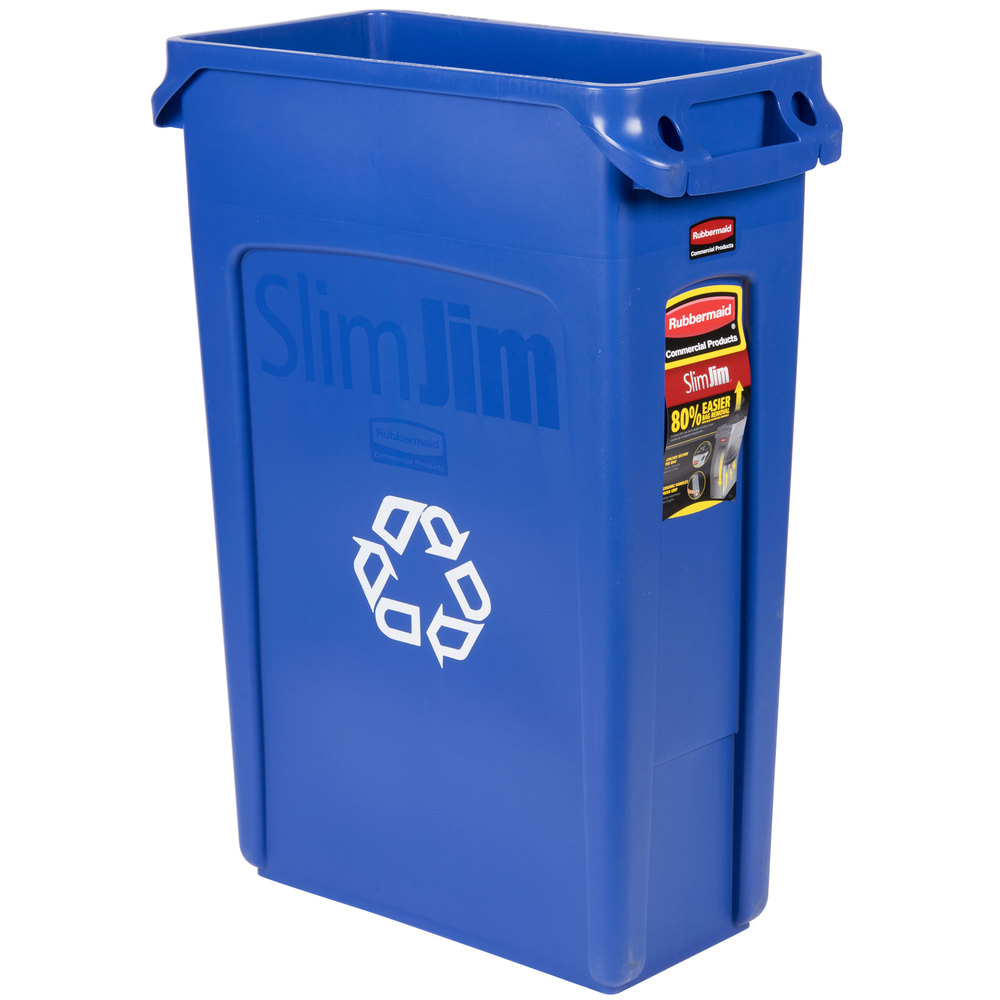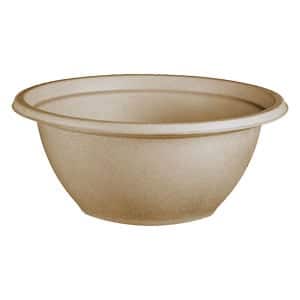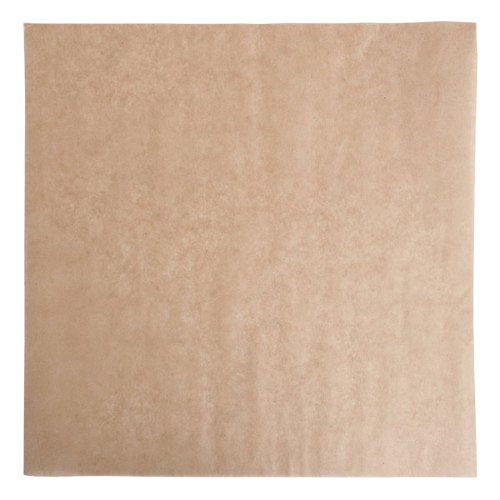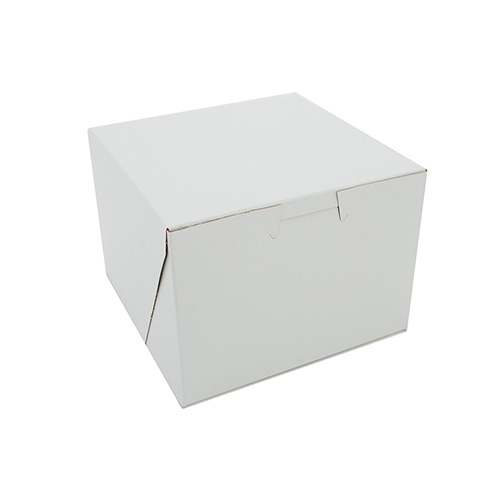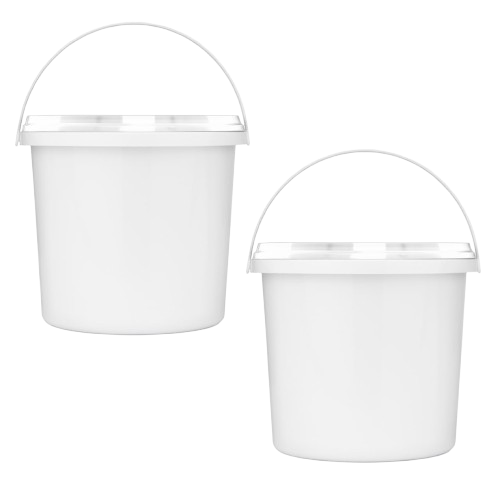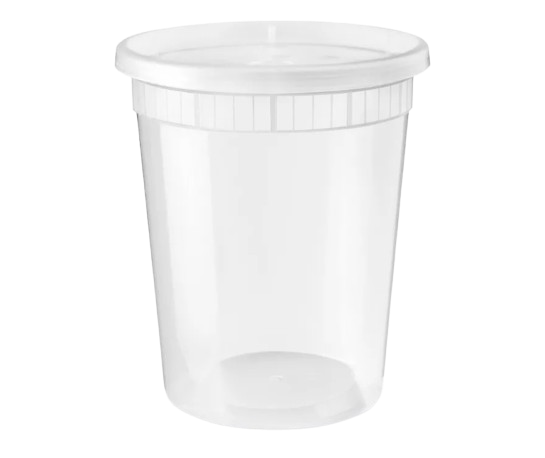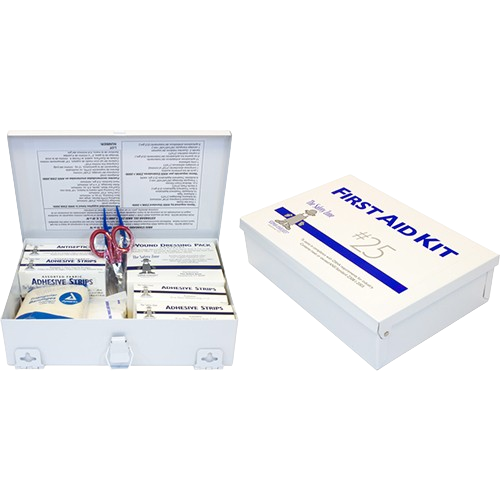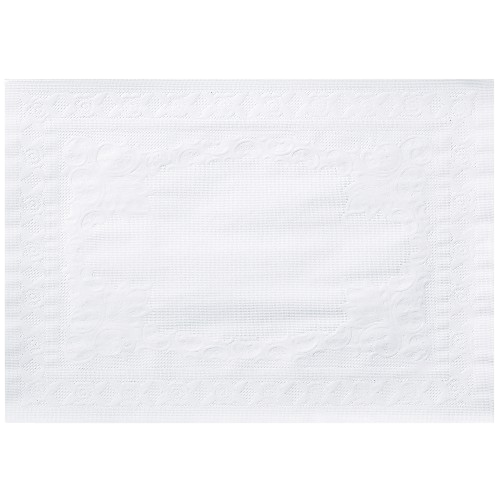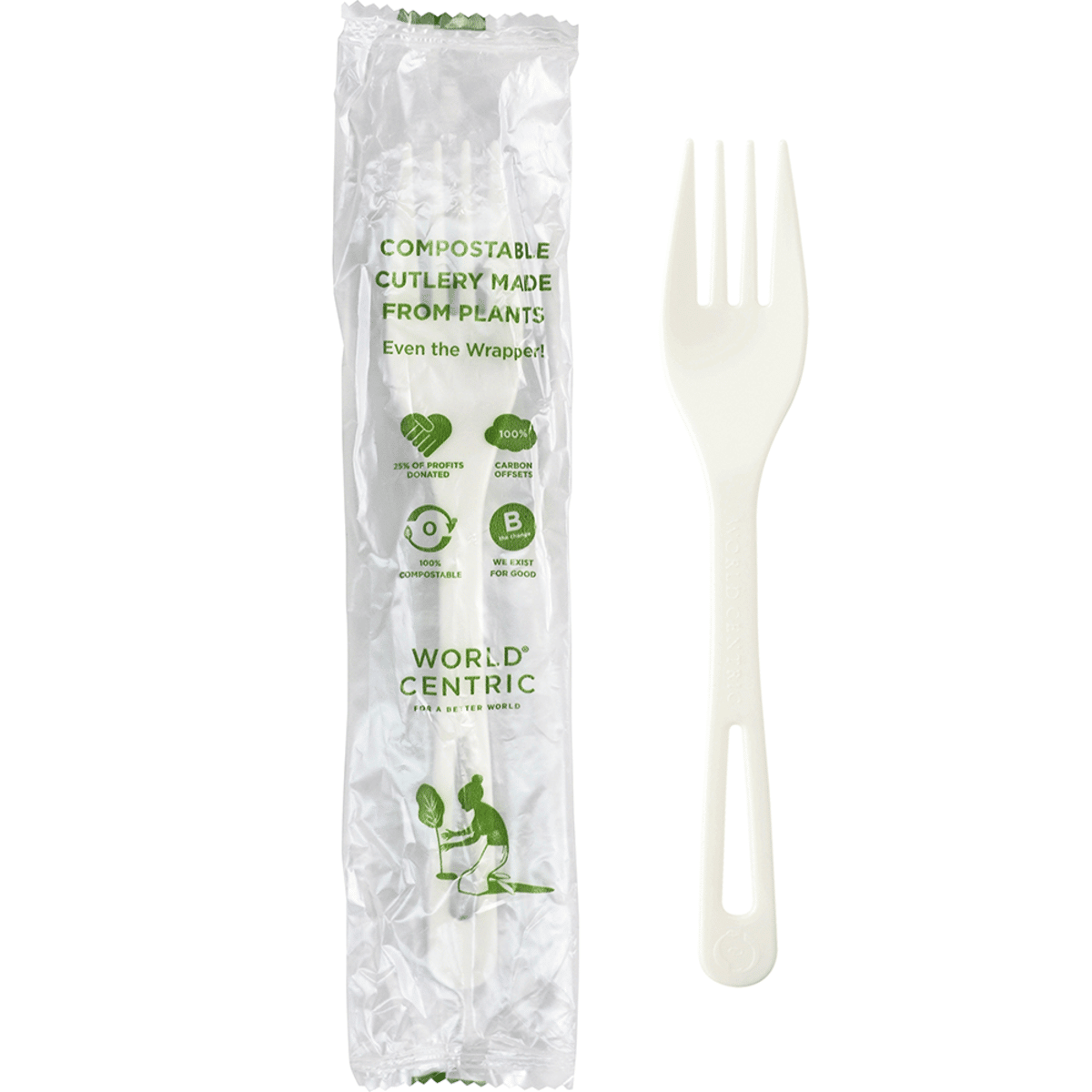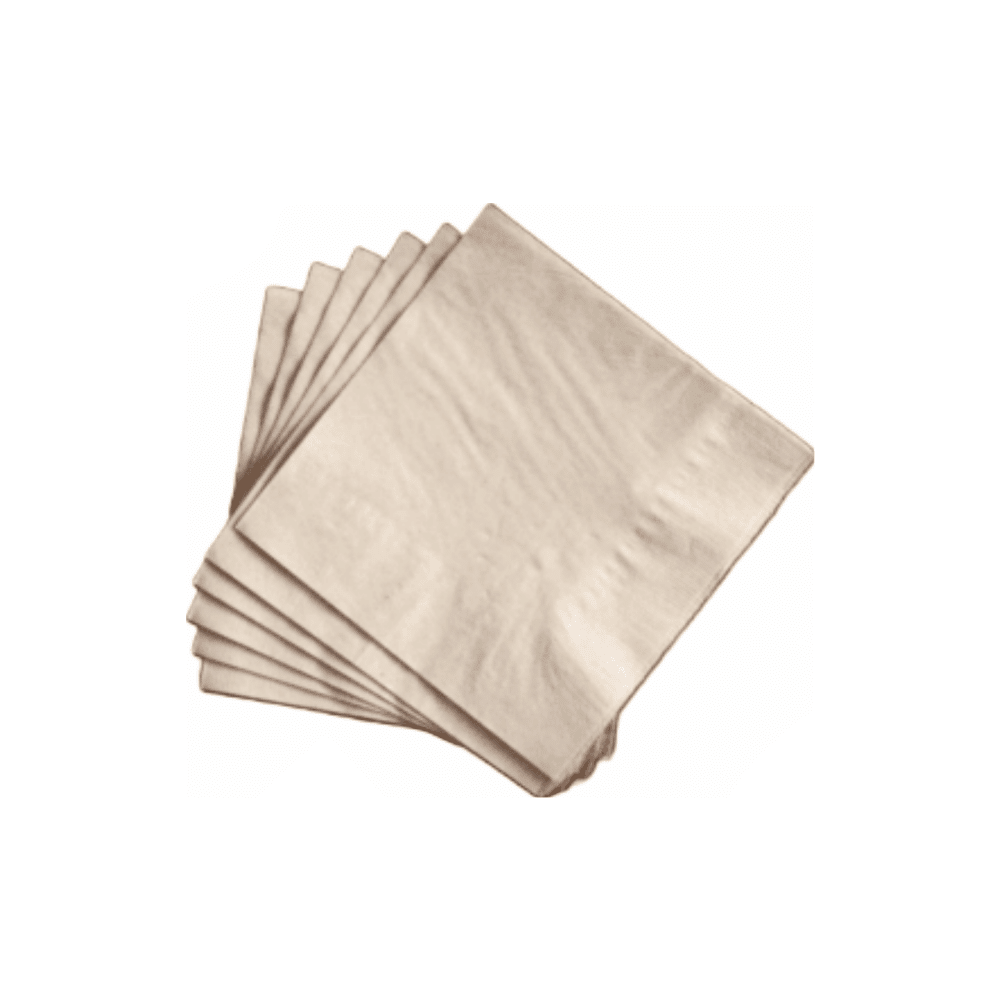Material Summary – Plant Starch
What is Plant Starch?
Plant starch, also known as bioplastic or PLA (polylactic acid), is a renewable and biodegradable material made from corn, wheat, or other plant sources. Unlike traditional petroleum-based plastics, plant starch is a more sustainable option that can be broken down by natural processes, making it an environmentally friendly choice for packaging and other applications.
How is Plant Starch Made?
The process of making plant starch begins with the extraction of starch from plant sources, such as corn or wheat. The starch is then processed to produce lactic acid, which is polymerized to create polylactic acid. The resulting material can be molded into various forms, such as cups, plates, and utensils.
A Brief History of Plant Starch
The history of plant starch dates back to the 19th century, when French chemist Victor Collet-Descotils first discovered the process of creating lactic acid from milk. However, it wasn’t until the 20th century that the commercial production of polylactic acid began. Today, plant starch is becoming an increasingly popular alternative to traditional plastics, due to its renewable and biodegradable properties.
How is it Used in Food Packaging?
In the food packaging industry, plant starch is commonly used for disposable cups, plates, and utensils. Its renewable properties make it an environmentally friendly option, and its biodegradability ensures that it can be broken down by natural processes after use. Plant starch is also used in other applications, such as medical implants and textiles.
What are the Drawbacks?
While plant starch is a more sustainable option than traditional plastics, it is not without its drawbacks. For example, the production of plant starch can require significant amounts of water and energy, and the material may not be as durable as traditional plastics. Additionally, plant starch products may not be accepted in all recycling programs, as they require specific facilities and conditions for proper processing.
Despite these challenges, plant starch remains an important alternative to traditional plastics. As consumers and businesses become increasingly concerned about the environmental impact of plastic waste, the demand for sustainable packaging and products continues to grow. Plant starch offers a viable solution to this problem, providing a renewable and biodegradable material that can be used in a wide range of applications.
Conclusion
Overall, plant starch is a promising material that offers a more sustainable alternative to traditional plastics. While there are still challenges to overcome, the increasing demand for sustainable materials and products is driving innovation in the field of bioplastics, and plant starch is likely to play an important role in this transition.
Powered by BetterDocs



